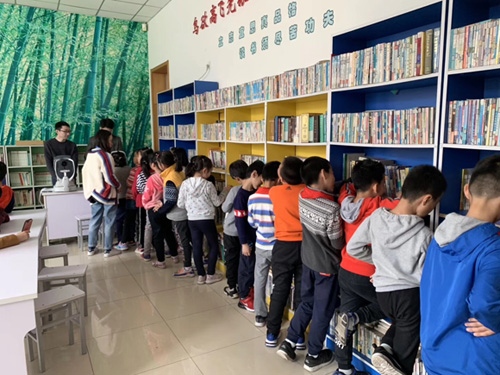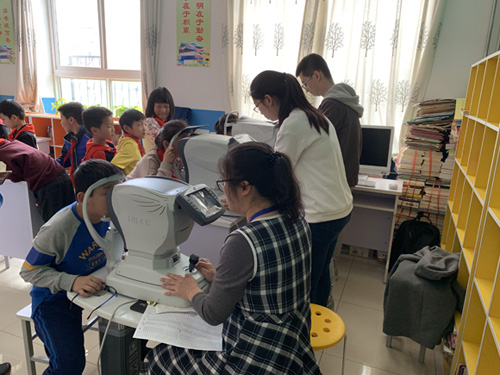| Visual Health and Safety Protection Laboratory Carries out Myopia Prevention and Control Research for Adolescents in Beijing |
| Date: 2019-03-25 Source:CNIS |
|
The Visual Health and Safety Protection Laboratory of the CNIS undertook the Research Project on Photobiological Mechanisms and Applications for Health Lighting which belongs to the National Key R&D Plan in 2017, one of the important objectives of the project is to reduce the incidence of myopia among students by effectively changing the light environment and promoting scientific eye-using methods. For this reason, the CNIS plans to carry out a pilot demonstration of this project throughout the country. Schools participating in the demonstration include 10 primary and junior high schools in Beijing, Shanghai, Guangdong, Jiangsu, Sichuan and Fujian. By tracking and collecting students' visual function physiological indexes, the effective assessment of students' visual function load during schoolwork provides a strong basis for effectively preventing myopia and improving students' working environment. (Translated by Jenny Liu)
|
|
Attachments:
|
|

